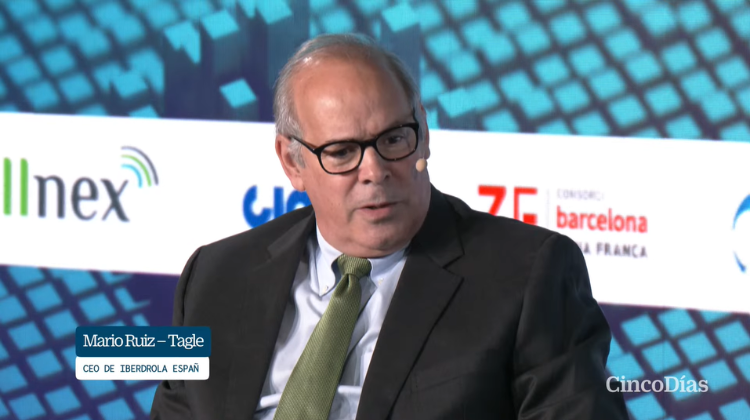During his speech at the CREO 2025 Forum, the CEO of Iberdrola Spain, Mario Ruiz-Tagle, called for a full clarification of the causes behind the 28 April blackout, which left millions across the Iberian Peninsula without electricity. For the executive, this marks “a before and after in the Spanish electricity system.”
With three decades of experience and direct involvement in blackouts in Chile, Brazil, and now Spain, Ruiz-Tagle stressed that resolving such incidents requires clearly separating causes, effects, and the technical analysis. “What we need are facts, not narratives,” he stated, underlining that the system is fully instrumented and all events are recorded to the millisecond.
From Iberdrola’s perspective, significant voltage oscillations and alarm signals were already being detected on the 16th, 22nd, 24th and 28th of April. He emphasised that mitigating these phenomena is solely the responsibility of the system operator, though responsibility should not be confused with blame.
One of the most serious technical observations he presented was the disconnection of assets due to excessive voltage. Ruiz-Tagle cited the case of the Bienvenida substation in Badajoz, which tripped at 454 kV, well above the 10% margin allowed over the nominal 400 kV. He noted that generation-side voltages reached 475 kV in some areas.
The CEO also addressed how real-time grid programming contributed to the conditions of the event. On the morning of 28 April, 16 combined cycle units were disconnected due to high photovoltaic penetration, in line with economic dispatch rules. However, after the blackout, combined cycles were again brought in for stabilisation. “Synchronous energy made the difference,” he noted.
Ruiz-Tagle rejected claims that conventional technologies were unable to provide inertia. “They are perfectly capable. The issue is that they need to be connected,” he insisted.
He also highlighted that the grid protections functioned correctly, allowing recovery of the system. Had they failed, many machines would have been lost to short-circuits or insulation damage. Still, he called for full disclosure of voltage and performance data in all regions, especially where instability originated.
On governance, he opened the door to re-evaluating the current single-operator model. While stating that both integrated and separated system models are valid, he warned that the outcome of the technical review may require institutional reflection: “Let’s make sure we don’t come out of this with a major governance problem that leaves the rest of the sector defenceless.”
Regarding the nuclear fleet, Ruiz-Tagle said that 5,000 MW of nuclear generation were online that day, enabling the system to handle 8,500 MW of solar PV. He defended the complementarity between synchronous and renewable sources, rejecting any technology blame.
He also pointed out that Spain was exporting 1,000 MW to France at the time of the blackout—unlike 22 April, when reversing the interconnection flow helped stabilise the system. He revealed that a request for a combined cycle unit was logged five minutes before the event, demonstrating that lack of inertia was already an issue.
For Ruiz-Tagle, the next step is clear: “We have submitted all our information to the relevant authorities and will continue to do so. The data already exists—let’s make it public and allow everyone to form opinions based on facts.”






























